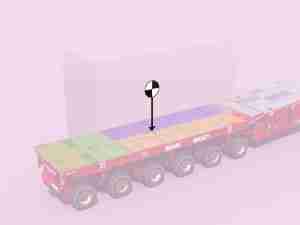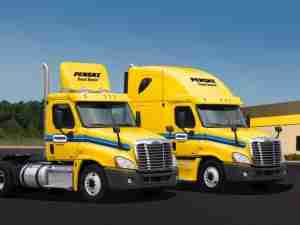Baron, the worldwide provider of critical weather intelligence, has released a new product offering specifically designed for Department of Transportation services across the U.S. The solution will provide a single comprehensive source for the display and monitoring of current and forecasted weather conditions. Components of the product include a network operations display, mobile app, custom location alerting and the ability to integrate a state’s RWIS (Road Weather Sensor) data into a cohesive display. The new solution will also include Baron’s patented road weather and pavement conditions forecasts.
Baron recently installed its first US state DOT. This DOT’s Maintenance and Operations department elected to purchase and integrate Baron Threat Net (275 seats), the Baron Threat Net Mobile App, and Baron custom forecasts for 41 district offices across 5 regions of the state. Baron also integrated this DOT’s entire Road Weather Sensor network data into a single display (RWIS) as part of the implementation. A state DOT’s Maintenance and Operations department is typically responsible for the upkeep of a state’s roadway networks, including roads, bridges and other elements. Daily, these departments provide services for the upkeep of signs, road striping, pavement conditions, keeping road sides neat and clean and herbicide spraying. Weather plays a large role in what a Maintenance and Operations department does and how they schedule standard road maintenance across the state.
Other Baron features that were key to the implementation include Baron’s ability to host and integrate the DOT’s RWIS data into a single display and the capabilities of Baron’s forecasting tools to effectively monitor and plan for winter weather, tropical storms and flash flooding. Flooding in this state in 2015 alone cost over 30 million dollars of damage, and something as simple as resurfacing roads due to harsh winter weather can cost millions. The abilities of the Baron products purchased by this DOT could in the future save the state money and help to keep more people safe in times of extreme weather.









